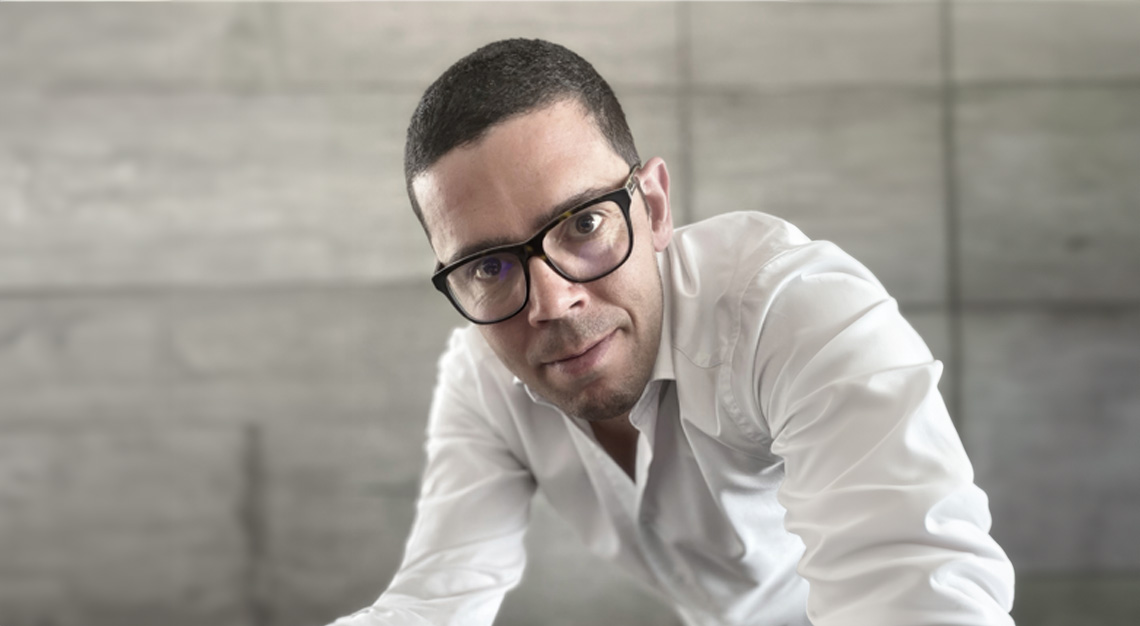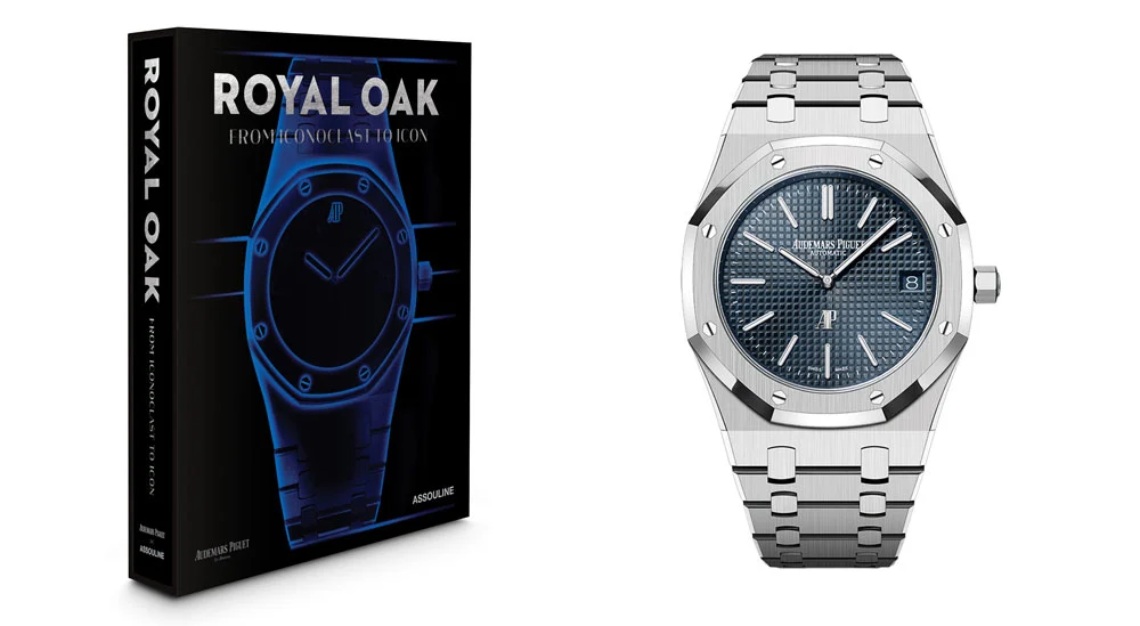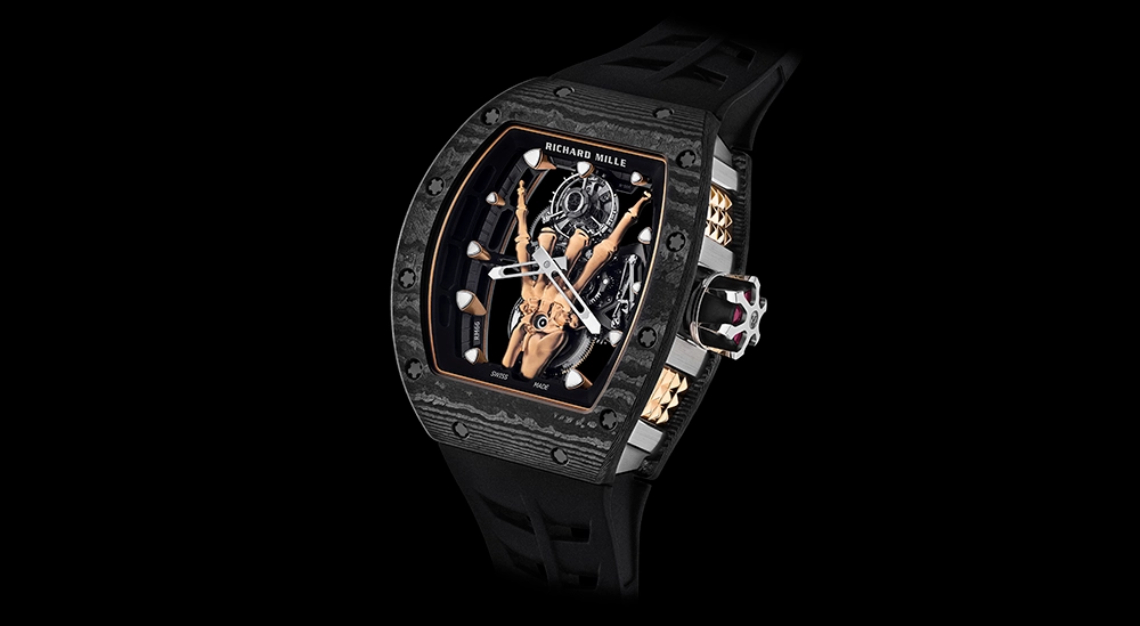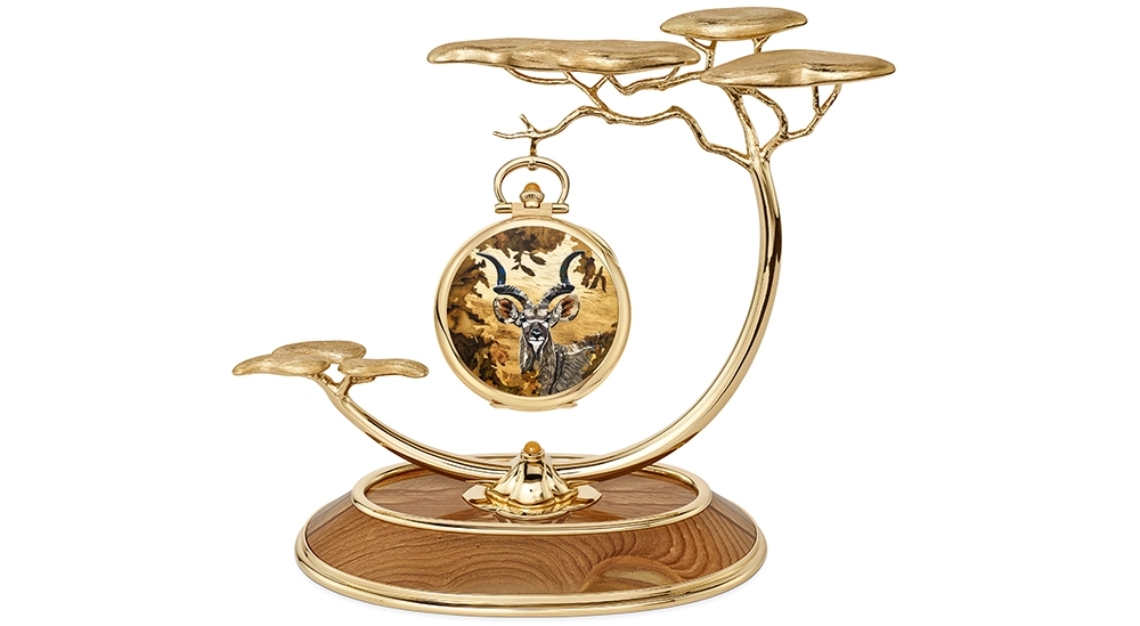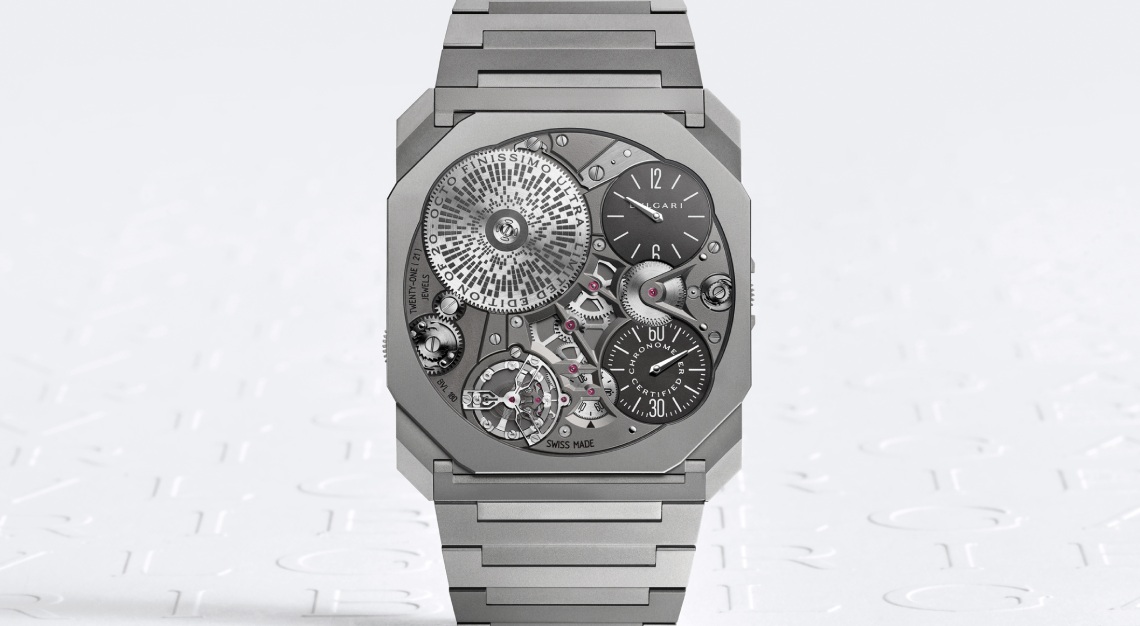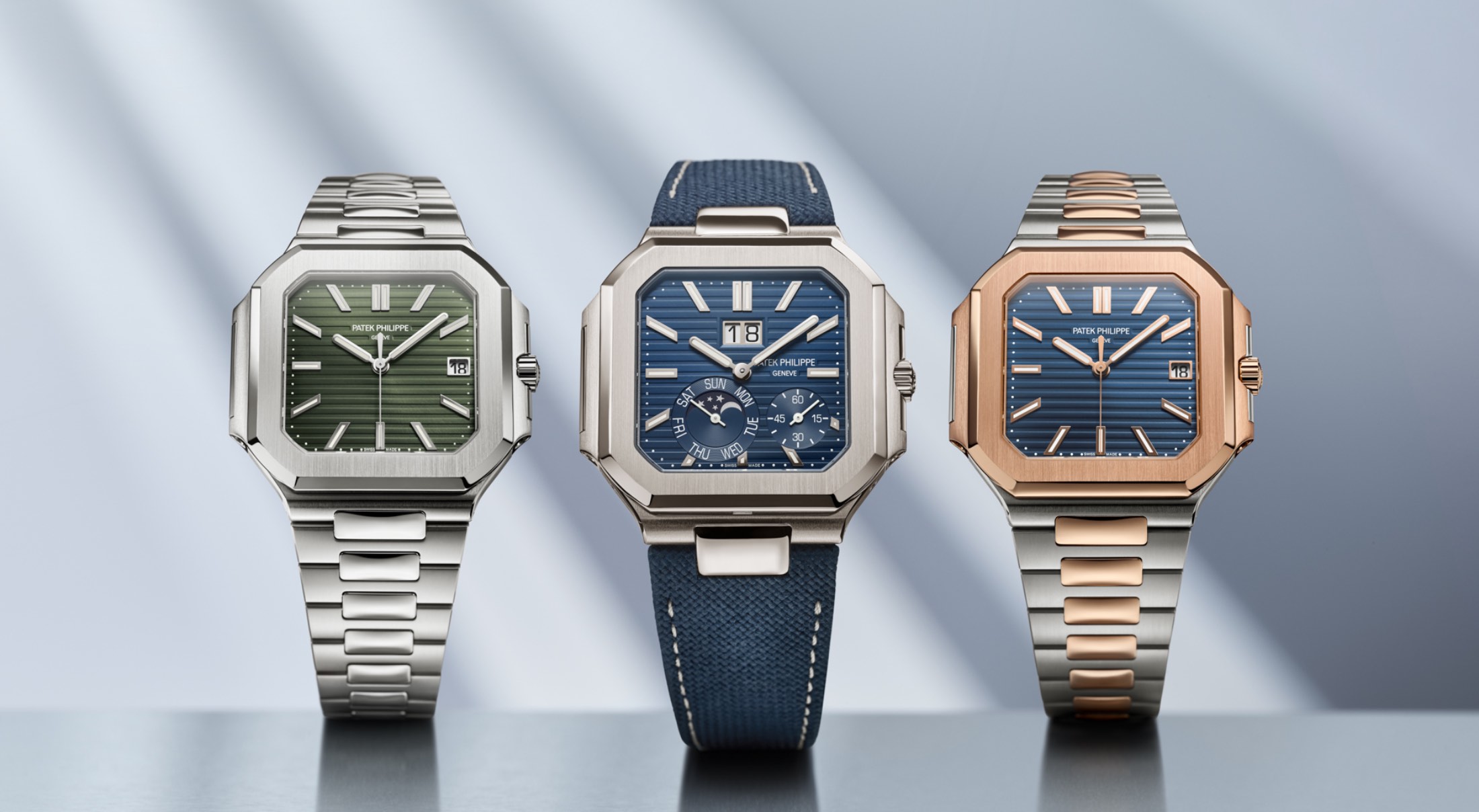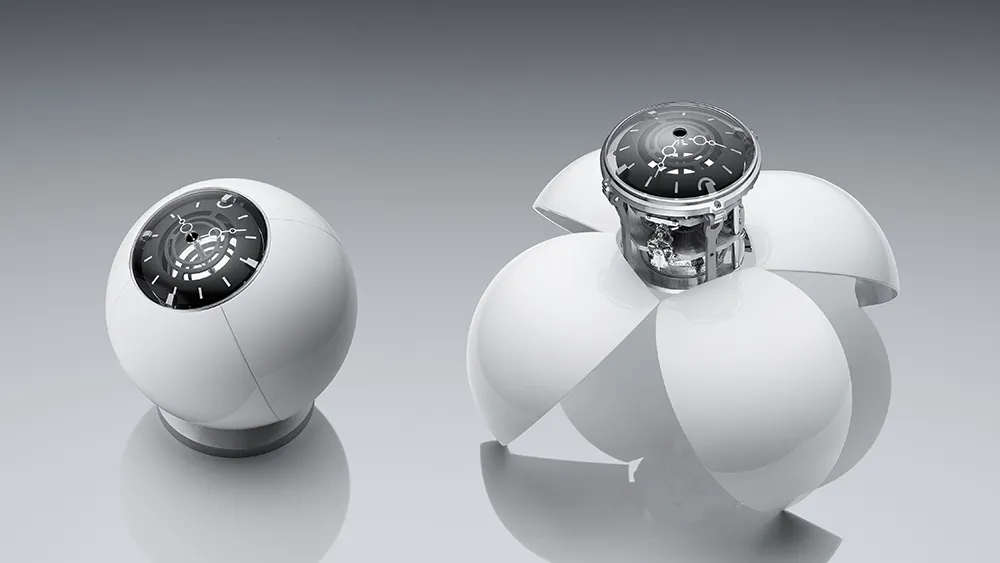In Mind Your Business, we speak with Roger Dubuis’ chief marketing officer, Sadry Keiser, who personifies the adage “two sides to every story”
As the man tasked with articulating Roger Dubuis’ concept of hyper horology, one that the brand has trademarked, Sadry Keiser is a rarity in the watch business. He is among a handful of executives who not only understands the need to sprinkle a bit of magic dust to market a brand, but actually fortifies the storytelling with real knowledge of how watches are being made.
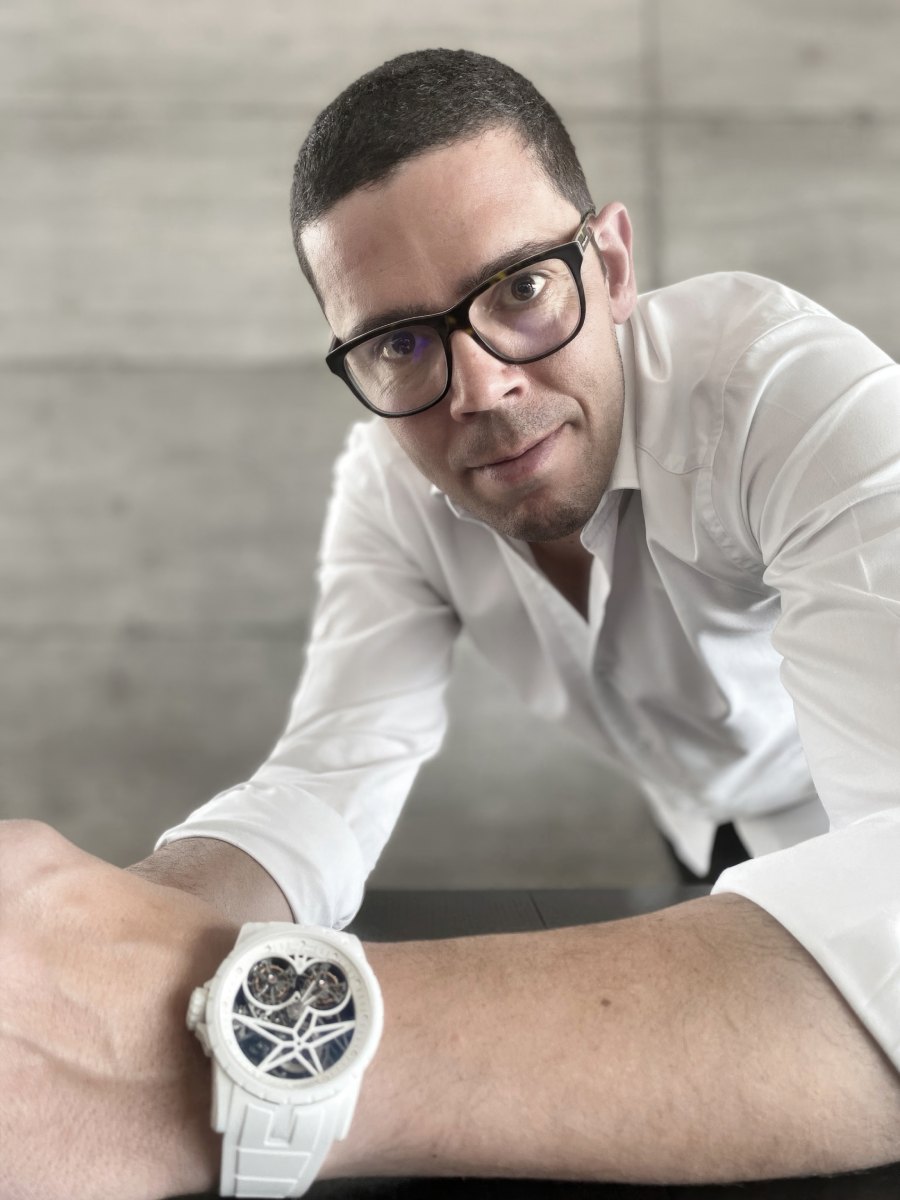
A business graduate, Keiser entered the watch trade working in communications and events, before taking on roles in manufacturing and research and development departments for over a decade. Keiser joined Roger Dubuis’ research and development team in 2005, and took on the role of chief marketing officer two years ago.
For the past two years, the buzzword at Roger Dubuis has been “hyper horology”. It is a carefully crafted motto and modus operandi that is meant to express the brand’s over-the-top approach to watchmaking, in both design and technical innovations. With the watches always wrapped in a shroud of flamboyance to articulate the concept, Keiser seems to be perfectly placed to be articulate the typically polarising spectrums of extravagance and technical watchmaking.

How did you feel when you moved across the divide from the marketing to the manufacturing departments?
It was a shock but I was also very interested in what was happening ‘over the other side’. In general, the watch business is full of technicians with a very high level of expertise that can produce crazy stuff. But they need to know why they are doing it, who they are selling the watches to, and at what price. When you find a balance between the two worlds, that is when we bring value to the customers.
Is there always tension between these two components of the business?
For sure, but we learn and grow. Personally, when I am meeting the guys from the production or design office, I change the way I speak or the words I use, so that I can be better understood. I think having different perspectives is a good thing.
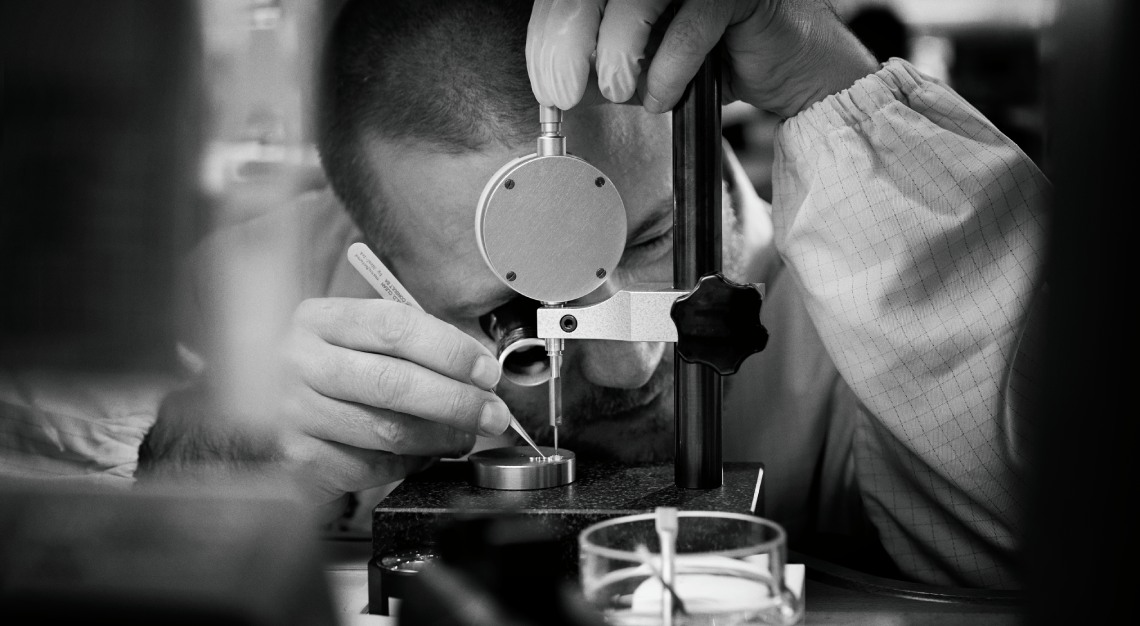
You joined Roger Dubuis as part of its R&D team. What were your first impressions?
That the company had a huge amount of technical expertise, but we needed to structure it in a way that creates values. When it Richemont Group acquired Roger Dubuis in 2008, it was for this expertise, more so than brand equity.
But Roger Dubuis’ brand equity has increased significantly since.
It happened in phases. In the beginning, we had to understand how to channel our expertise while defining the true identity of Roger Dubuis. Then, we had to channel ourselves and build a momentum to bring fresh ideas look to the future. Right now, I think we are in a phase where we are able to bring more marketing initiatives into the picture, making sure the audience understands what we are trying to do.
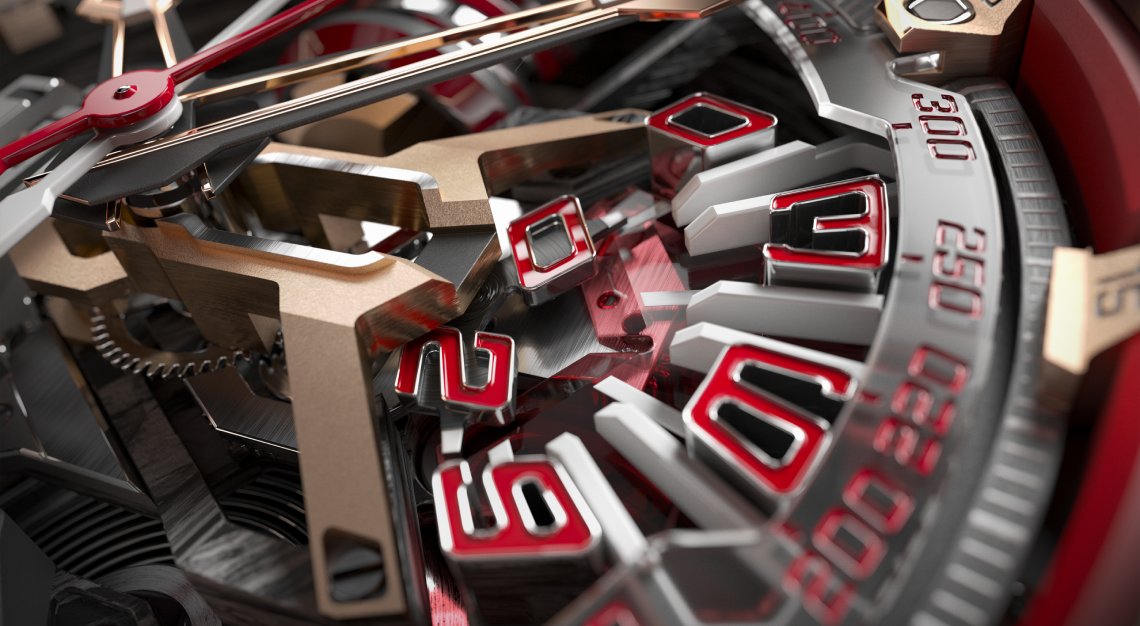
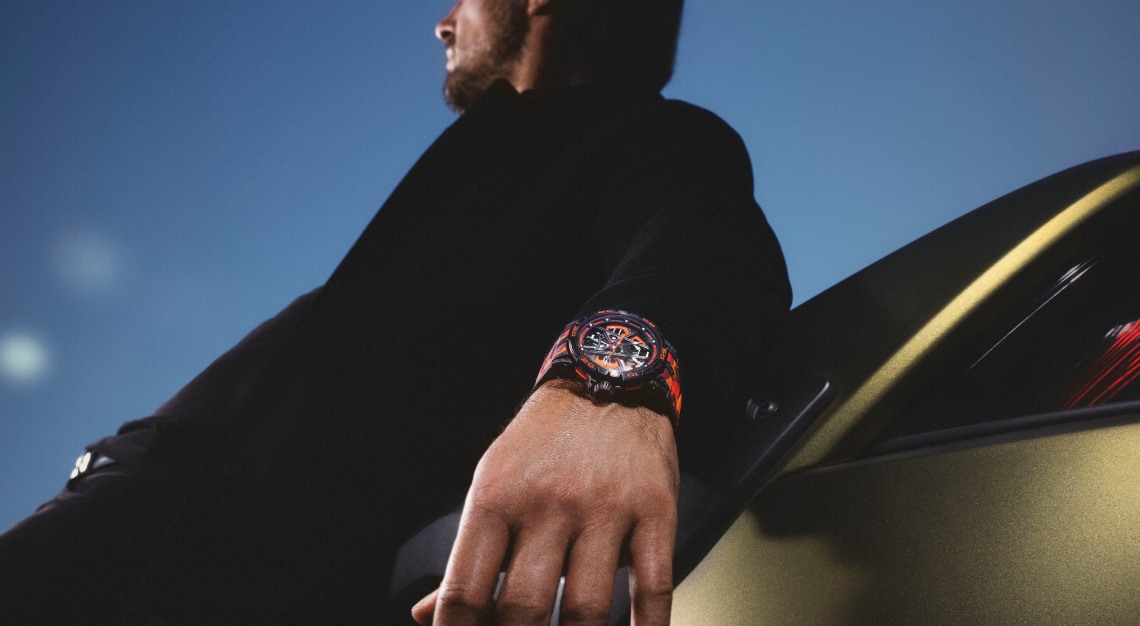
Is that the toughest part?
I am not sure, but it is a challenge. We may be convinced of what we are doing, but externally there is a lot of noise to cut through. Many brands are doing great things, too.
You were the person who coined ‘hyper horology’. How did that come about?
Roger Dubuis comes from the tradition of haute holorgerie. But around 2005, we felt that we needed something more, to take a step further go beyond the boundaries of fine watchmaking. That changed the mindset of how we worked. It became our mission to build on our traditions and interpret it in a modern way, and the term ‘hyper horology’ came out of this spirit.
Many watch brands like to posit that the product should speak for itself. How does that sit with you as a marketer?
Marketing is much more just communication. It’s also about being part of the genesis of product development, about processing information that we share internally, and about considering external trends and moods beyond the sphere of the industry. So, I believe it’s a bit more complex than telling a story about a watch that you made.
